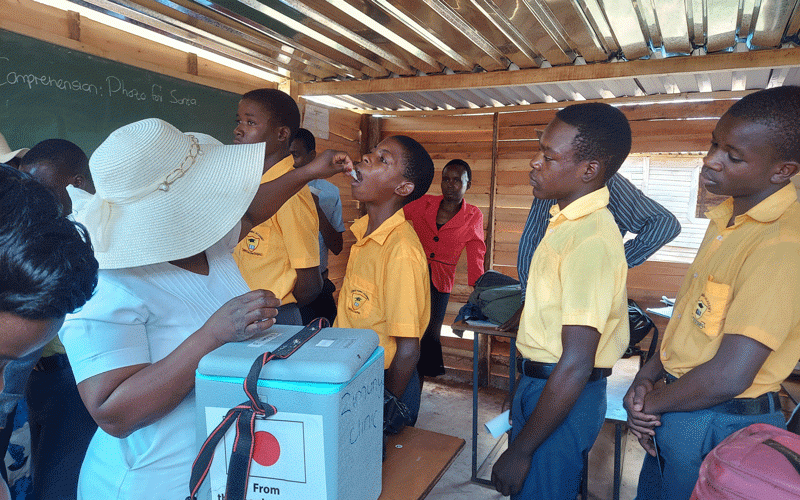THE United States dollar loan portfolio for the microfinance sector rose by nearly 8% to US$48,63 million in the first quarter of the year, as the sector has virtually dollarised.
The increase in loans is from US$45,1 million in the period ended December 31, 2023.
According to national statistics, over 80% of transactions are now in foreign currency, with the dominant currency being the greenback, as the market has rejected the local currency.
In an analysis for the first quarter, the Zimbabwe Association of Microfinance Institutions (Zamfi) said the loans and advances, which constitute the bulk of assets, amounted to ZWL1,09 trillion (US$49,67 million) as of March 31, 2024.
This was up from ZWL343,2 billion as of December 31, 2023.
“The US$ loan portfolio, within the aggregate book with ZWL lending book, amounted to US$48,63 million as at March 31, 2024, up from US$45,1 million as at December 31, 2023, representing an increase by US$3,26 million,” Zamfi said.
“During the quarter under review, the sector had fully dollarised as represented by 97,9% being US dollar lending book, compared with 2,1% of ZWL lending book.”
According to the association, the increase could be linked to high lending rates being charged by most microfinance institutions, especially on US dollar lending, which was noted to be within the corridor of 15% to 20% per month.
As of March, Zamfi said the credit-only microfinance portfolio quality deteriorated, with the portfolio at risk ratio of 9,59% and 10% for the ZWL loan book and US dollar loan book, respectively.
“The credit only microfinance institutions are, therefore, encouraged to reduce their lending rates on US dollar loan book in a way that is aimed at keeping the level of portfolio at risk below the acceptable international threshold of 15%,” Zamfi said.
“During the quarter ending March 31, 2024, the credit only microfinance sector reported aggregate profits of ZWL$204,9 billion, an increase from ZWL$2,38 billion reported in the corresponding period in 2023. Total income was dominated by interest income from loans constituting 53,5% and followed by other income, being 39,8% of the total income.”
During the period, the operational self-sufficiency [OSS] ratio for the credit-only microfinance sector improved significantly from 169,3% as at December 31, 2023 to 193,2% as March 31, 2024.
The ratio is an indication of the high level of good financial sustainability of the sector.
Zamfi encouraged microfinance institutions to periodically invest part of their retained earnings in expenditure related to digitalisation, human talent development, and information technology including artificial intelligence and data analytics.
“Investments in such key critical areas will greatly improve productivity and efficiency within the operational environment of the microfinance institutions,” Zamfi said.
“The overall performance of the microfinance sector for the first quarter ending March 31, 2024 was largely susceptible to currency depreciation, which effectively reduced lending in local currency to 2,1% of the gross loan portfolio.”
The period under review saw the country’s former local currency, the Zimbabwe dollar, depreciate by 256% during the quarter under review.
“This culminated in the introduction of a new currency, Zimbabwe Gold [ZiG] effective April 5, 2024. The new currency is anchored on a composite basket of foreign currency and precious metals, mainly gold, held as reserves by the Reserve Bank of Zimbabwe,” Zamfi said.





